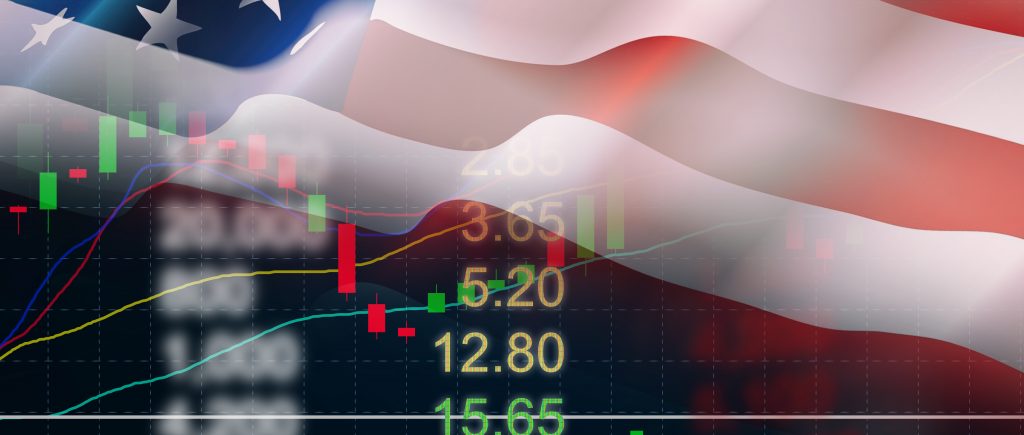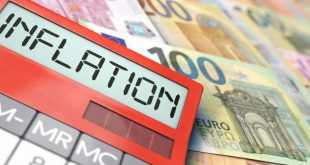Friday’s drop is conceived of as a bad omen for the economy as a whole. Only one bear market in the last 50 years, the market crash of 1987, was not accompanied by a recession. For the majority of the bull market since the March 2020 low, investors have had reasons to buy the dips; and given this slowdown is looking more natural and protracted, there is a heightened degree of fear. This sort of fear is poised to continue given the fact that the US monetary and fiscal policy no longer defend investors’ backs.
The three major U.S. indexes are expected to extend run of weeks in the red territory. A weekslong selloff freshly intensified on Friday, sending the S&P 500 tumbling into bear market territory for the first time since the pandemic-driven selloff in 2020.
US stocks rose at the open, then reversed course, falling throughout the session. The S&P 500 slumped 1.8%, on track to close at least 20% below its January peak, namely slipping more than 20% from its record high and potentially ending the bull run that began in March 2020. The Dow Jones Industrial Average shed about 467 points, or 1.5%, to 20801. The tech-focused Nasdaq Composite lost 2.6%.
The description coincides with six straight weekly losses for the index and follows months of precipitous market drops. The S&P 500 has long been considered the most accurate measure of the nation’s stock performance. Downward momentum pushed the S&P 500 further in afternoon trading, down more than 2% for the day and 20.3% from its record-high close of 4,796.46 in early January.
Stocks attempt to recover in final session. It has been another see-saw week in markets, as a rally in the first part of the week turned to downtrend later on the last trading session, but China’s rate cut has provided the rationale for a bounce in global stocks to round off the week. Although very much a lone voice crying in the wilderness, the PBoC’s move provided the fundamental basis for a rally in risk assets, reversing some of the mid-week gloom. But the surge in German factory-gate prices and a slump in UK consumer confidence shows that the broader backdrop continues to be quite negative for equities. With US markets already shedding initial gains, the picture remains uncertain.
The index’s slide highlights investors’ increasingly dark economic outlook—one fueled by slowing economic and earnings growth, rising inflation and the Fed’s monetary tightening. These conditions will likely continue until there’s enough economic data to prove that inflation is cooling, some economists believe it might not be enough just to cross over into bear territory.
Investor sentiment are still weak. Regardless any potential rally, investors are not exactly flooding back into equities. Instead, this will be a short-term bounce that may will use to get out at a better price. And given how quickly the bounce earlier in the week fizzled out, it is likely that caution is set to persist. Next week’s Fed minutes will remind markets that there is more to come from Powell and co, even if the BoE faces a trickier balancing act.

 Noor Trends News, Technical Analysis, Educational Tools and Recommendations
Noor Trends News, Technical Analysis, Educational Tools and Recommendations




